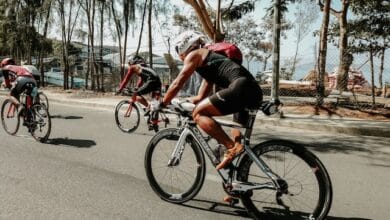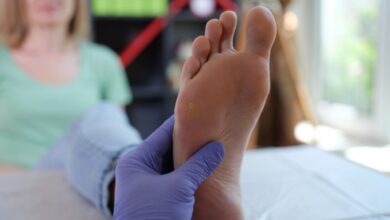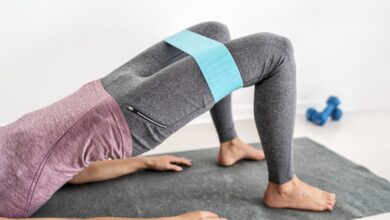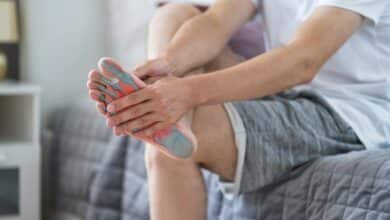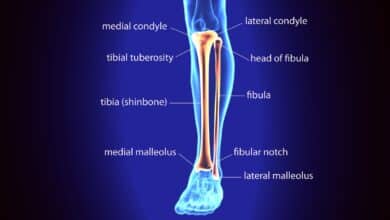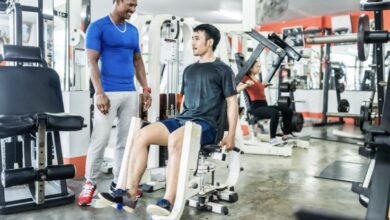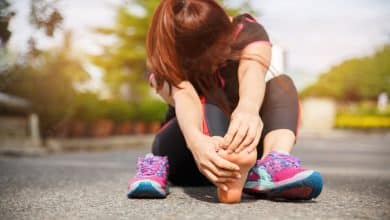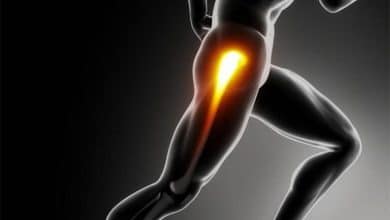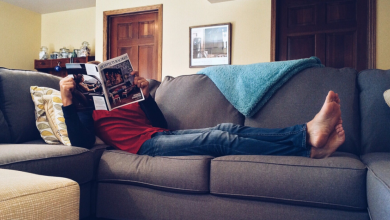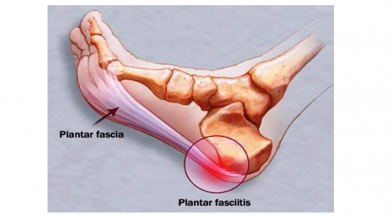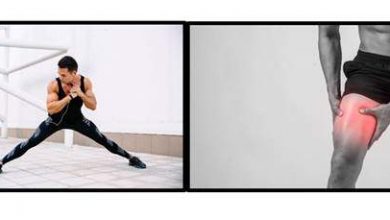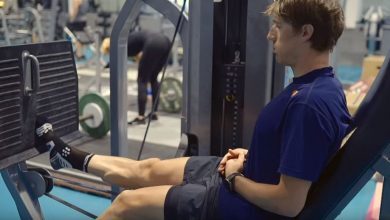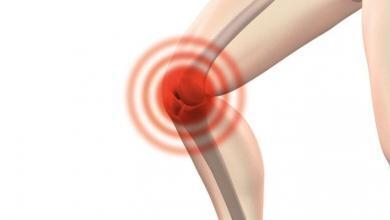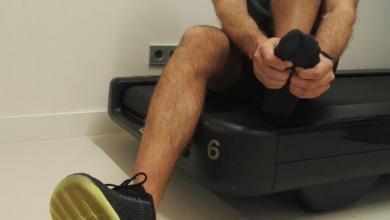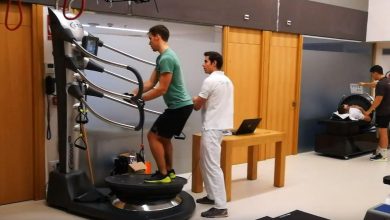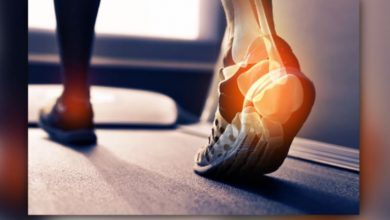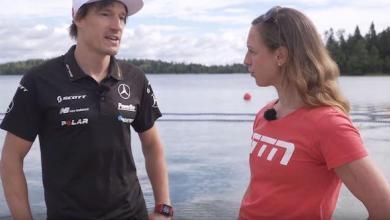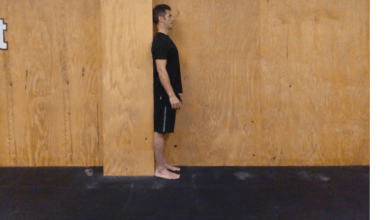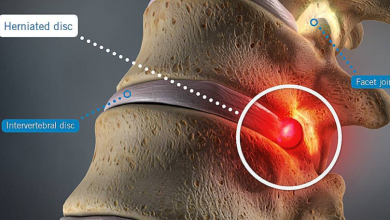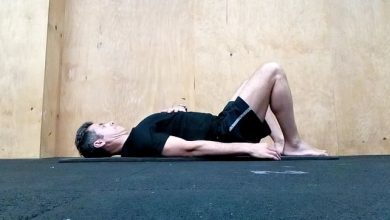What are the most typical injuries in cycling?
Very often these non-traumatic injuries happen due to a bad or incorrect adaptation to the bike.
People who practice cycling (cyclists and triathletes) frequently have upper limb injuries that are very different from other sports
Alberto Sacristán has written an interesting article for our collaborator Victory Endurance where he tells us the most common upper limb injuries in cycling practice
Introduction
Non-traumatic injuries usually occur as a consequence of an overload that may or may not be accompanied by inadequate technique. We are talking about chronic injuries.
In order to reach the correct diagnosis and thus be able to apply the appropriate treatment, as in all injuries of any athlete, it is necessary to carry out a complete cynical history with a detailed anamnesis, asking where the point of greatest pain or injury occurs, how it appeared the pain or the injury, how long it has been like this, the evolution since the pain or the injury began, if there is any situation that improves or aggravates it,… But also in the injuries of cyclists or triathletes, it will be of great It helps to be able to evaluate the athlete on the bike, thus exploring their position and their correct adaptation to the bike.
Very often these non-traumatic injuries happen due to a bad or incorrect adaptation to the bike.
Anatomical revision of the upper limb
In the hand we distinguish three zones with 27 bones in total: carpus (wrist with 8 bones), metacarpus (with 5 bones) and fingers. The forearm has 2 bones (ulna and radius) and the arm only 1, the humerus.
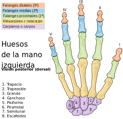
The anatomical description of the muscles, tendons, ligaments, arteries, veins and nerves is quite complex, so we will not go into more depth than what the images can provide.
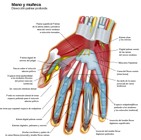
Injuries in cycling
People who practice cycling (cyclists and triathletes) frequently have upper limb injuries that are very different from other sports where injuries such as epicondylitis, rotator cuff tendinopathy or others predominate. In this sport practice other injuries appear that are described below:
Tunnel of the Carpus Syndrome:
It appears as a consequence of the compression of the median nerve. It can even appear as a result of small microtrauma at the same level with peripheral inflammation and nervous irritation. Likewise, if the hand is placed on the upper part of the handlebar, with the carpus at maximum extension, excessive elongation of the nerve will be produced, also causing irritation.
As a consequence, the symptomatology that appears is that of an alteration of fine motor activity, hypoesthesia and paresthesia (sleeping fingers) of the thumb, index, middle and middle of the ring finger. This situation is described by patients as "butter fingers" since objects often fall due to lack of grip strength. On examination, we usually find a positive Phalen maneuver (maintain maximum wrist flexion for one minute) and an equally positive Tinel sign (paresthesias are reproduced with percussion on the compressed area)
This symptomatology usually only happens with sports practice and disappears outside of the sports field.
As a treatment the first option will be to carry out a detailed biomechanical study, with the relevant modifications to the different levels, saddle, handlebar, handlebar power, ... This is usually the only treatment since the symptoms usually disappear with the pertinent corrections, but if it persists the symptoms would have to be X-rays, even resonances, in order to resolve the situation. In these cases the use of analgesics is usually not indicated. Initially we can use drugs of vitamins of the group B since these, diminish the irritation of the nerves.
Guyon Canal Syndrome:
In this case, the affected nerve is the motor branch of the ulnar nerve. The mechanism is usually the same as in the case of Carpal Tunnel Syndrome, microtrauma or continuous compression at the level of the Guyon Canal with nervous irritation. This compression of the ulnar nerve occurs when the hand arrangement is in the upper part of the handlebar with maximum extension of the carpus. The symptomatology that appears is also hypoesthesia and paresthesias, even with loss of strength of the fifth and fourth fingers. The sign of Watemberg (permanent separation of the finger 5º) and sign of Frament (hypothenar atrophy and ulnar claw of the last two fingers) usually appear.
As a treatment it is essential to modify the position of the hand and wrist on the handlebar and to avoid vibration at the same level. It may be interesting to put wider wheels, inflate the wheel less and use gloves with padding. To reduce the irritation of the ulnar nerve, the use of group B vitamins may be recommended.
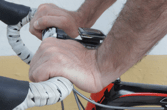
Tendinitis of Quervain
Quervain tendinitis is the inflammation of the long abductor and the short extensor of the thumb, at the level of the styloid process of the radius. It usually arises as a result of the support of the wrist on the handlebar with an ulnar deviation. Due to this alteration of the position at the level of the handlebar, an angulation of the aforementioned tendons occurs. What really occurs is an inflammation at the level of the fibrous-osseous tunnel, which is called tenosynovitis.
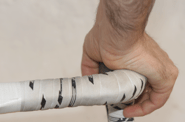
There is intense pain at the radial styloid level. The pain is aggravated by the Filkestein maneuver, being positive in this case.

As a treatment we will use an orthosis during the day, even when riding a bike. Going to the physiotherapist early will ensure a quick cure using techniques such as ultrasound, Cyriax massage. When it is a chronic process the use of acupuncture together with homoephatic drugs and bioregulators is usually very effective.
Tendosinovitis of the radial extensors and extensors of the fingers.
This injury arises in those cyclists or triathletes, who train or compete in long distance and whose surface of the road is irregular, paved or paved. When training in this type of surface, the athlete grasps the handlebar more strongly, as a consequence the forearm muscles are overloaded, producing a hypertrophy of the abductor long and extensor pollicis muscles, which run above the radial extensors, which they are compressed against the deep planes.
There is usually continuous pain in the flexion-extension movements of the wrist, sometimes even a slight crackling is heard. When the lesion becomes chronic, the lesion becomes chronic, sometimes a slight crackling-extension of the radial extensors is heard. razo, producing ir, an inflamed area appears at the level of the dorsal aspect of the radius.
It will be necessary to change the training routes with another type of asphalt, more regular.
Alberto Sacristán
Further information: http://www.victoryendurance.com/
Photo: Trialcoy
There are no previous results.







